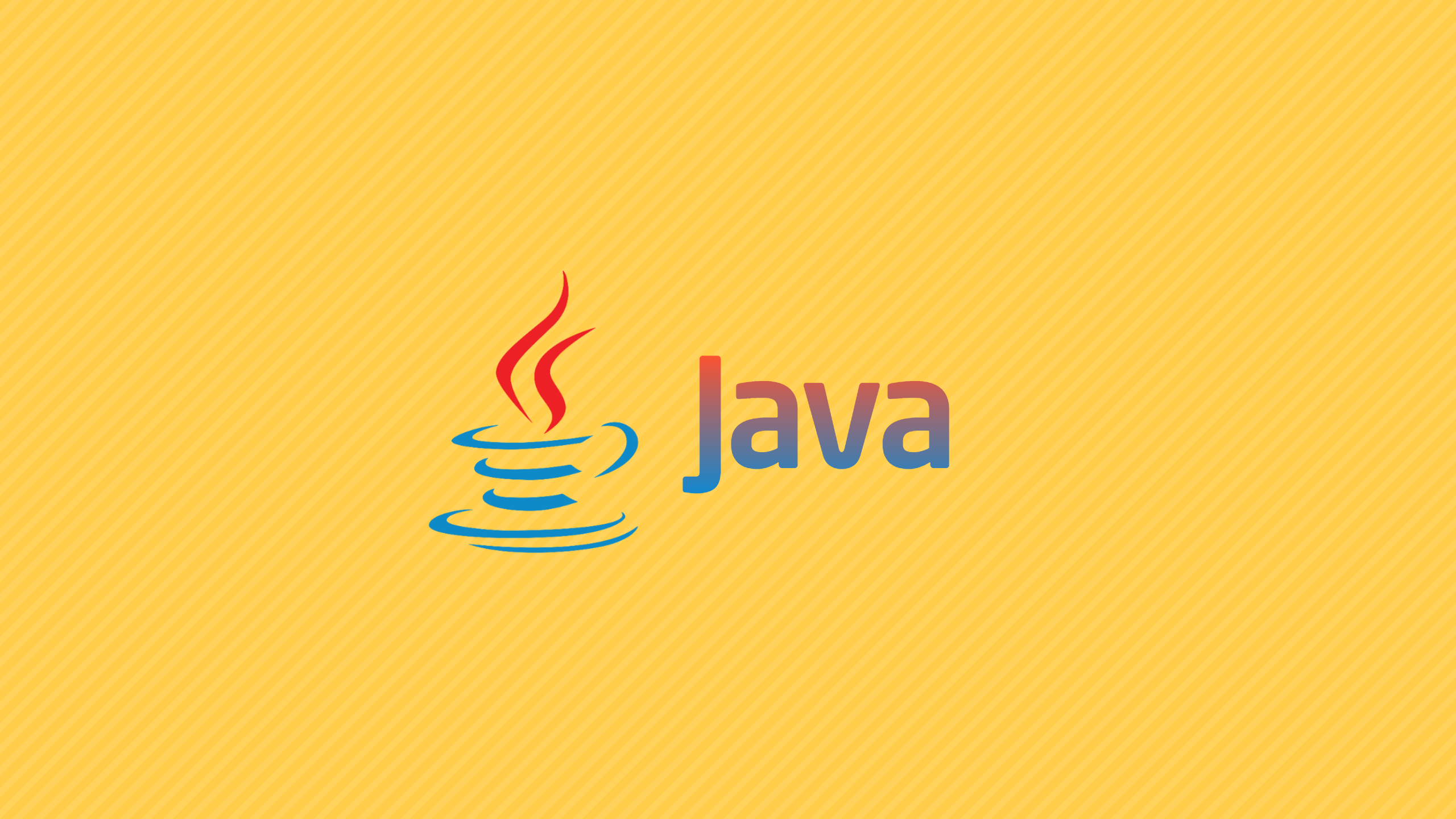
💡 9장. 확인문제 5번
📌 Vehicle 인터페이스의 익명 구현 객체 이용하기
public interface Vehicle {
public void run();
}public class Anonymous {
Vehicle field = new Vehicle () {
@Override
public void run() {
System.out.println("자전거가 달립니다.");
}
};
void method1() {
Vehicle localVar = new Vehicle() {
@Override
public void run() {
System.out.println("승용차가 달립니다.");
}
};
localVar.run();
}
void method2(Vehicle v) {
v.run();
}
}public class AnonymousExample {
public static void main(String[] args) {
Anonymous anony = new Anonymous();
anony.field.run(); // 자전거
anony.method1(); // 승용차
anony.method2(new Vehicle() { // 트럭
@Override
public void run() {
System.out.println("트럭이 달립니다.");
}
});
}
}💡 예외 처리 (이어서)
2. 실행 예외
NullPointerException
public class ExceptionExample {
public static void main(String[] args) {
String str = "dudu-dudu-du";
int a = 10, b = 0;
try {
System.out.println(str.toString());
System.out.println(a/b);
} catch(NullPointerException e) {
System.out.println(e.getMessage());
} catch(ArithmeticException e) {
System.out.println(e.getMessage());
} catch(Exception e) {
System.out.println(e.getMessage());
}
System.out.println("프로그램 종료");
}
}null값을 갖는 변수에 객체 접근 연산자(.)를 사용했을 때 발생하는 예외. 즉, 객체의 값이 없는데 사용하려 할 때 발생하는 예외이다.- 예외가 발생하면 Console창에 어떤 예외가 어떤 소스의 몇 번째 코드에서 발생했는지 알려준다.
- 프로그램이 정상작동하지 않을 때 발생하는 오류와 맞는 걸 넣어줘야 예외처리가 제대로 된다.
catch문은 위에서 아래로 순서대로 처리되므로 순서에 유의해야 한다.Exception은 모든 예외 상황에 대해 처리하는 것이기 때문에 가장 마지막에 처리하도록 해야 한다.
ArrayIndexOutOfBoundsException
- 예시 1
public class ExceptionExample2 {
public static void main(String[] args) {
int[] arr1 = {10, 20, 30, 40};
int[] arr2 = {2, 0, 6};
for (int i = 0; i < arr1.length; i++) {
try {
System.out.println(arr1[i]/arr2[i]);
} catch (ArithmeticException e) {
System.out.println(e.getMessage());
} catch (ArrayIndexOutOfBoundsException e) {
System.out.println(e.getMessage());
}
}
}
}출력 결과
5
/ by zero
5
Index 3 out of bounds for length 3
- 예시 2
public class ExceptionExample2 {
public static void main(String[] args) {
int[] arr1 = {10, 20, 30, 40};
int[] arr2 = {2, 0, 6};
try {
for (int i = 0; i < arr1.length; i++) {
System.out.println(arr1[i]/arr2[i]);
}
} catch (ArithmeticException e) {
System.out.println(e.getMessage());
} catch (ArrayIndexOutOfBoundsException e) {
System.out.println(e.getMessage());
}
}
}출력 결과
5
/ by zero
try의 위치에 따라 예외 처리의 결과가 달라진다.- 예시 1에서는 반복문이 끝날 때까지 예외를 하나씩 처리
- 예시 2에서는 예외가 한 번 발생하면 처리 후 바로 반복문을 빠져나간다.
NumberFormatException
public class ExceptionExample3 {
public static void main(String[] args) {
Scanner sc = new Scanner(System.in);
int sel;
while(true) {
try {
System.out.println("숫자 입력>> ");
sel = Integer.parseInt(sc.nextLine());
break;
} catch (NumberFormatException e) {
System.out.println("숫자만 입력이 가능합니다.");
}
}
System.out.println("프로그램 종료");
}
}- 변수가
int로 선언되어 숫자 형태가 되어야 하지만 문자를 입력하면 숫자 형태로 변환이 불가능하여NumberFormatException이 발생 NumberFormatException처리를 할 때try-catch를while문 안에 넣어서 숫자만 입력 가능하도록 처리할 수 있다.
ClassCastException
class A {}
class B extends A {}
class C extends A {}
public class ExceptionExample4 {
public static void main(String[] args) {
A a = new B();
try {
C c = (C)a;
} catch (ClassCastException e) {
System.out.println("Cast failed");
}
}
}- 인터페이스 또는 상위 클래스를 상속받은 관계가 아닌데 Casting할 때
ClassCastException발생 - 타입 변환 시에는
instanceof연산자를 활용해서 타입 변환이 가능한지 알아보는 것이 좋다.
3. 예외 처리 코드
예외 처리 하는 법
- 예외처리코드: 예외 발생 시 프로그램 종료를 막고 정상 실행을 유지할 수 있도록 처리하는 코드
try-catch-finally블록을 이용하여 예외 처리 코드 작성try블록에는 예외가 발생 가능 코드 입력catch블록에는 예외 발생 시 처리 코드를 입력하며 여러 개의catch블록이 올 수 있다.finally블록은 생략 가능하며 예외 발생 여부에 상관없이 항상 반드시 실행해야 하는 코드 입력
// try-catch-finally를 모두 사용한 예외 처리 코드 예시
public class ExceptionExample5 {
public static void main(String[] args) {
try {
String str = null;
System.out.println(str.toString());
System.out.println("try");
return;
} catch (Exception e) {
System.out.println("예외 처리");
return;
} finally { // 예외 발생할 때나 발생하지 않을 때나 반드시 처리. try나 catch문의 return 적용X
System.out.println("마무리 처리");
}
}
}4. 예외 떠넘기기
throw와 throws
public class ExceptionExample6 {
public static void main(String[] args) {
try {
throw new Exception("내가 만든 예외");
} catch (Exception e) {
System.out.println(e.getMessage());
}
}
}throw를 사용하여 예외를 직접 생성해서 떠넘길 수 있다.- 예외는
throw를 해야 하지만java에 원래 있는 함수에는throw가 포함되어 있으므로 따로throw를 써주지 않아도 예외 처리가 된다. - 메소드 내에서는
throw를 사용한다. - 메소드 선언부 끝에는
throws로 작성해서 메소드에서 처리하지 않은 예외를 호출한 곳으로 떠넘긴다. throws뒤에는 콤마(,)로 구분하여 여러 개의 예외를 나열할 수 있다.
public class ExceptionExample7 {
public static void method1() throws Exception {
method2();
}
public static void method2() throws Exception {
String str = null;
try {
System.out.println(str.toString());
} catch (NullPointerException e) {
System.out.println(e.getMessage());
throw new Exception("다시 생성한 예외");
}
}
public static void main(String[] args) {
try {
method1();
} catch (Exception e) {
System.out.println(e.getMessage());
}
}
}5. 사용자 정의 예외와 예외 발생
사용자 정의 예외 클래스 선언
- 은행 업무 처리 프로그램에서 잔고 부족 예외 같은 것은 자바 표준 API에서 제공하지 않는다.
- 잔고 부족 예외, 계좌이체 실패 예외 등 애플리케이션 서비스와 관련된 예외를 애플리케이션 예외라고 한다.
- 애플리케이션 예외는 개발자가 직접 정의해서 만들어야 하므로 사용자 정의 예외라고 한다.
- 사용자 정의 예외 클래스는 일반 예외와 실행 예외 모두 선언 가능!
enum BankExpCode {NOT_ACC, EXIST_ACC, LACK_BLNC, NOT_DEPOSIT, MAIN_MENU, ACC_MENU};
class AccountException extends Exception {
// 계좌번호가 틀린 경우
// 계좌번호 중복 생성되는 경우
// 잔액이 부족한 경우
// 입금액이 잘못된 경우
// 메뉴: 0-5까지만 선택 가능
// 서브메뉴: 1,2만 선택 가능
BankExpCode errCode;
public AccountException() {
super("계좌 오류");
}
public AccountException(String message) {
super(message);
}
public AccountException(String message, BankExpCode errCode) {
super(message);
this.errCode = errCode;
}
public AccountException(BankExpCode errCode) {
super("계좌 오류");
this.errCode = errCode;
}
@Override
public String getMessage() {
String msg = super.getMessage();
switch(errCode) {
case NOT_ACC: msg += ": 계좌번호가 틀립니다."; break;
case EXIST_ACC: msg += ": 이미 존재하는 계좌번호입니다."; break;
case LACK_BLNC: msg += ": 계좌의 잔액이 부족합니다."; break;
case NOT_DEPOSIT: msg += ": 입금액이 잘못되었습니다."; break;
case MAIN_MENU: msg += ": 0 - 5만 선택 가능합니다."; break;
case ACC_MENU: msg += ": 1, 2만 선택 가능합니다."; break;
}
return msg;
}
}예외 발생시키기
- 메소드를 호출한 곳에서 예외를 처리하도록 메소드 선언부에
throw키워드로 예외를 떠넘긴다. - 메소드를 호출한 곳에서는
try-catch를 통해 예외 처리를 해준다. catch문에서 예외 메시지를 출력하려면 예외 메시지를 갖는 생성자를 이용해야 한다.
public class AccountExceptionTest {
public static void errNotAcc() throws AccountException {
throw new AccountException(BankExpCode.NOT_ACC);
}
public static void errExistAcc() throws AccountException {
throw new AccountException(BankExpCode.EXIST_ACC);
}
public static void main(String[] args) {
try {
errExistAcc();
} catch (AccountException e) {
System.out.println(e.getMessage());
}
}
}6. 예외 정보 얻기
- 모든 예외 객체들은
Exception클래스를 상속받으므로Exception이 갖고 있는 메소드를 호출할 수 있따. getMessage()- 예외 메시지를 얻어올 때 가장 많이 사용하는 메소드
- 예외 메시지에는 왜 예외가 발생했는지 간단한 설명이나 예외 코드가 포함된다.
💡 멀티 스레드
웹에서보다 안드로이드 개발 시에 멀티 스레드가 특히 더 필요하다.
1. 멀티 스레드 개념
- 프로세스: 실행 중인 하나의 프로그램(애플리케이션)
- 하나의 프로그램이 다중 프로세스를 만들기도 한다. (예: 2개의 크롬 브라우저 실행 시)
- 멀티 태스킹: 두 가지 이상의 작업을 동시에 처리하는 것
- 멀티 프로세스: 두 개 이상의 독립적인 프로그램들을 동시에 실행하고 여러 가지 작업 처리
- 멀티 스레드: 한 개의 프로그램을 실행하고 내부적으로 여러가지 작업 처리
- 메인 스레드: 모든 자바 프로그램은 메인 스레드가
main()메소드를 실행하면서 시작!- 실행 종료 조건: 마지막 코드 실행 또는
return문을 만났을 때 - 필요에 따라 작업 스레드를 만들어서 병렬적으로 코드를 실행할 수 있다!
- 실행 종료 조건: 마지막 코드 실행 또는
2. 작업 스레드 생성과 실행
- run()을 오버라이드 하거나 runnable 인터페이스로 상속받아서 스레드가 실행할 코드를 작성
- '
스레드.start()'로 작업 스레드의run()메소드 실행
Thread 클래스에서 직접 생성한 경우(Runnble 구현 클래스 생성)
import java.awt.Toolkit;
public class BeepTask implements Runnable { // 다른 클래스의 기능을 상속받을 수 있다
@Override
public void run() {
Toolkit toolkit = Toolkit.getDefaultToolkit();
for(int i=0; i<5; i++) {
toolkit.beep();
try { Thread.sleep(500); } catch(Exception e) {}
}
}
}Thread의 하위 클래스로 생성한 경우
import java.awt.Toolkit;
public class BeepThread extends Thread { // 다른 클래스의 기능을 상속받을 수 없음(단일상속만 가능하기 때문)
@Override
public void run() {
Toolkit toolkit = Toolkit.getDefaultToolkit();
for(int i=0; i<5; i++) {
toolkit.beep();
try { Thread.sleep(500); } catch(Exception e) {}
}
}
}스레드의 이름
- 스레드의 이름은 디버깅할 때 어떤 스레드가 어떤 작업을 하는지 조사할 목적으로 사용된다.
- 사용자가 직접 생성한 스레드의 이름은
Thread-n으로 설정 - 스레드의 이름을 따로 명명할 수도 있다.
public class ThreadA extends Thread {
public ThreadA() {
setName("ThreadA"); // 스레드 이름 명명하기
}
@Override
public void run() {
for(int i=0; i<2; i++) {
System.out.println(getName() + "가 출력한 내용"); // 스레드 이름 가져오기
}
}
}3. 스레드 우선 순위
동시성과 병렬성
- 동시성: 멀티 작업을 위해 하나의 코어에서 멀티 스레드가 번갈아가며 실행하는 성질
- 병렬성: 멀티 작업을 위해 멀티 코어에서 개별 스레드를 동시에 실행하는 성질
스레드 스케줄링
👉 스레드의 갯수가 코어의 수보다 많을 경우, 스레드를 어떤 순서로 동시에 실행할지 결정하는 것
- 스레드 스케줄링에 의해 스레드들이 번갈아서
run()메소드를 조금씩 실행한다. - 자바의 스레드 스케줄링
- 우선순위: 1 - 10 중 숫자가 높을 수록 우선순위가 높으며, 기본 우선순위는 5. 코드로 제어 가능!(
thread.setPriority()이용) - 순환 할당: 시간 할당량을 정해서 하나의 스레드를 정해진 시간만큼 실행하고 다른 스레드를 실행하는 방식. JVM에서 자동으로 정해지므로 코드로 제어 불가.
- 우선순위: 1 - 10 중 숫자가 높을 수록 우선순위가 높으며, 기본 우선순위는 5. 코드로 제어 가능!(
4. 동기화 메소드와 동기화 블록
-
공유 객체를 사용할 때 주의할 점
-
멀티 스레드가 하나의 객체를 공유해서 생기는 오류
예) 한 사람이 계좌에서 돈을 빼내는데 동시에 다른 사람이 같은 계좌에 돈을 넣으려고 할 때
-
한 스레드가 설정한 값을 다른 스레드가 그 사이 바꾸면 오류가 날 수도 있다.
👉 그래서 동기화 메소드와 동기화 블록을 사용한다!
-
동기화 메소드 및 동기화 블록
단 하나의 스레드만 실행할 수 있는 메소드 또는 블록
- 다른 스레드는 이미 실행 중인 메소드나 블록이 끝날 때까지 대기한다. (동기화)
synchronized: 메소드 선언부 또는 메소드 내부에서 블록 선언 시 사용하는 키워드
동기화 메소드
public synchronized void method() {
// 단 하나의 스레드만 실행
}동기화 블록
public void method() {
// 여러 스레드 실행 가능 영역
synchronized(this) {
// 단 하나의 스레드만 실행
}
// 여러 스레드 실행 가능 영역
}5. 스레드 상태
- 일반적인 상태
- 스레드 객체 생성 ➡
start()➡ 실행 대기 ⬅(반복)➡ 실행 ➡ 종료
- 스레드 객체 생성 ➡
- 일시정지 상태를 도입한 경우
- 실행 대기 ➡ 실행 ➡ 일시 정지 ➡ 실행 대기 ➡ 실행 ➡ 일시 정지 (반복)
